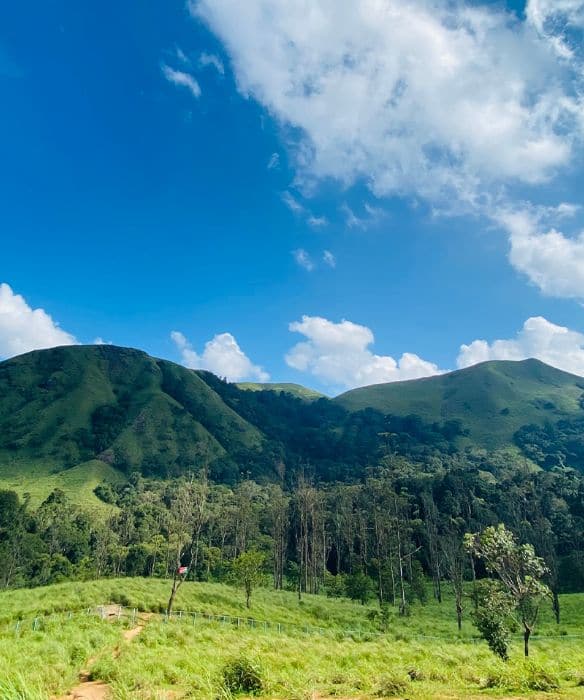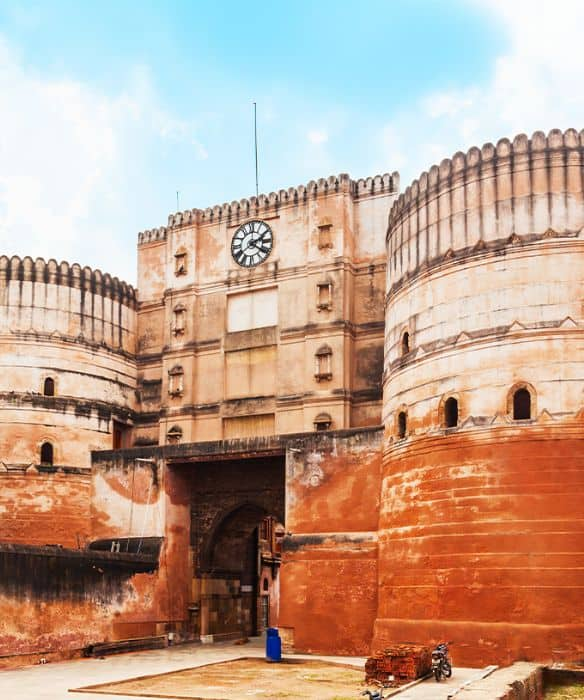Stay logged in to proceed with bookings, orders and offers.
On changing the terminal, you will loose items in your cart. Are you sure you want to change your terminal?
The festival of harvest and spring reflects the diversity and delight of India
I remember a scene from a movie where a young boy ran across a field trying to fly a kite (that’s not how you fly kites, by the way!), while others watched him in amazement.
But, don't people learn to fly kites as soon as they start walking?
That's what I did, and so did everyone I knew because I had grown up in a Gujarati family in Ahmedabad. Every January during Uttarayan, all we could think about was the kites we would fly and the food we would eat.
Only after I moved out did I realise others had their ways of celebrating Makar Sankranti.
When Ahmedabad's sky is full of kite-shaped dots, a holy fire is kindled in the villages of Punjab. A special rice pudding is prepared in the distant Tamil Nadu, while the Assamese made huts of harvested hay.
The whole country comes together for this festival. What I know as Uttarayan is celebrated as Makar Sankranti and Lohri and Pongal and Magh Bihu. They all represent a new beginning, a new year, and hope.
When I was young, Uttarayan was my favourite festival. For me, it meant buying, preparing, and flying kites. Everyone I knew, young and old, joined the fun.
This week-long celebration started in the middle of January when people gathered on terraces to watch or fly kites. Shouts of 'Ey lapet!' (Hey, gather the strings back to your spool) resounded all over the city!
The best part was cutting someone else's kite string and yelling, 'Kaipo che!' (I’ve cut your kite string!). My father always led by flying about 50 paper kites a day! Such competitive kiteflying was hungry work! Thankfully, our mothers would make scrumptious delicacies for the festival.
On Uttarayan and Vaasi Uttarayan (the day after Uttarayan, because one day of kiteflying was not enough), we feasted on the fafda and jalebi breakfast combo.
Lunch was usually a grand affair, with undhiyu as the highlight. Undhiyu is a vegetable dish prepared with root vegetables and winter greens. It is best had with wheat puris.
During the afternoon kiteflying session, many snacks would come up the stairs and circulate among the watchers and flyers. My favourites were peanut and til chikki, sugarcane, kachariyu, and mamra laddoo.
Another revered experience was the late-night visit to Patang Bazaar with friends. Our eyes would brighten at the lakhs of colourful kites sold day and night during the Uttarayan week. The day before Uttarayan (13 January), the market would be jam-packed even at 3 am!
Today, the Gujarat Tourism department hosts the International Kite Festival during Uttarayan. People worldwide would come to see the sky filled with colourful kites of different shapes and sizes.
One year, I was privileged to be in a village near Amritsar during Makar Sankranti – Lohri in this region!
Knowing my love for this festival, my Punjabi friend, introduced me to her state's traditions. The agrarian north Indian states of Punjab, Haryana, Himachal Pradesh, and Uttar Pradesh always welcomed Lohri with utmost excitement.
Lohri symbolises a bountiful harvest which marks the change in seasons, after which the days are longer and warmer.
Before the festivities, a group of children came to my friend's house. They were visiting houses in the neighbourhood, singing traditional songs and requesting contributions for the communal bonfire.
On the evening of 13 January, my friend took me to the community celebration. The people lit a bonfire and started worshipping it. The villagers offered popcorn, makhana, gajjak, peanuts, and sugarcane to the pyre.
They also sacrificed crop stems in the fire as a good omen. This marked the advent of harvest in the region. The locals went around the fire to perform a parikrama while munching on snacks. The kids fought for their share of a sweet treat called rewadi.
Then, the music and dancing began. Happy people chanted and danced to folk tunes while others played music on instruments, including the dhol. People in traditional clothes danced the bhangra and gidda around the holy bonfire.
Some women were laughing and bustling in the kitchen, preparing delicacies like makki ki roti, sarson ka saag, and kheer made with sugarcane to satiate the revellers. After food, the villagers sat around the fire, telling stories and legends. One elder narrated the famous tale of Dulla Bhatti, a legendary hero who led a revolt against the Mughal Empire.
I spent as much time as I could in their company, learning folk songs and the message they wish to pass on through their age-old tales.
After my experience in Punjab, I wanted to learn how Makar Sankranti is celebrated in other states too. My first stop was Tiruchirappalli in Tamil Nadu, where I celebrated Pongal with a friend's family.
Pongal, one of the biggest Tamil festivals, meant four days of merriment!
Day 1 is Bhogi Pongal. My friend's family cleaned the house and dressed in new clothes to represent a fresh start. I, too, got to wear traditional clothes.
Day 2 is the main day: Surya Pongal. This day is dedicated to honouring the Sun God. My friend and her mom painted their doorstep with a beautiful and intricate kolam rangoli. Then it was time to prepare Pongal – a sweet dish of rice boiled in milk and sugarcane. My friend purposely allowed the milk to overflow from the pot. At this moment of overflowing, all family members joyously greeted each other 'Pongalo Pongal!'
Day 3 is Maatu Pongal. People worship cattle to honour their hard work. Cows are bathed, cleaned, and decorated. They look lovely, adorned with beads, garlands, and bells, with horns painted in vibrant colours. We celebrated by witnessing Jallikattu, the sport of taming the bull!
Families come together on Day 4, Kaanum Pongal. My friend's family took me to visit her grandparents. We ended the celebration by feasting on a Pongal spread!
In Assam, I didn't know any family to celebrate with. But my driver was happy to tell me everything about Magh Bihu.
For the Assamese, Magh Bihu is linked with the harvest. On the eve of Bihu, men venture into the fields to collect hay and place it in makeshift huts.
I visited a village on the day of the festivities. Villagers were performing the Meji ceremony after their harvest. They lit bonfires in the fields and asked for blessings from their ancestral Gods for a successful season.
When the communal celebrations began, I didn't know where to look! There were so many events – bullfights, egg fights, and Bihu dances that went on for the rest of the week!
The women had prepared for this weeklong feast in advance. They had cooked a large spread of pithas, rice cakes, poka mithoi, and other dishes. They were as delicious as they looked!
During Makar Sankranti, melas (fairs) are held throughout the country on the banks of major rivers. I make sure to visit at least one mela every year.
Countless devotees gather on the banks of Prayagraj and Gangasagar to attend the Sankranti mela and take a dip in the holy rivers. In Kerala, pilgrims visit the Sabarimala temple to seek blessings.
No matter what you call it, Makar Sankranti brings a wave of mirth and bonding across the country. People rejoice over food, folklore, and rituals while embracing the new year.
It is amazing that a single festival can bring love and light to families 3,000 kilometres apart!





The Adani One expressly disclaims all liability, direct and indirect, in respect to actions taken or not taken based on any or all the contents of this Blog. The Blog is an opinion of the contributor based on the collation of data from various sources and is provided only for information purpose. Adani One does not canvass, advertise, solicit, invite or induct for any product, merchandise, information, brand or any other materials mentioned in the Blog, nor does it obtain any monetary benefit from the same. Reader is advised to read and apply his/her intellect and discretion in this regard. Any Intellectual Property mentioned in this blog belongs to the rightful owner. We do not intent to claim any interest over the same.